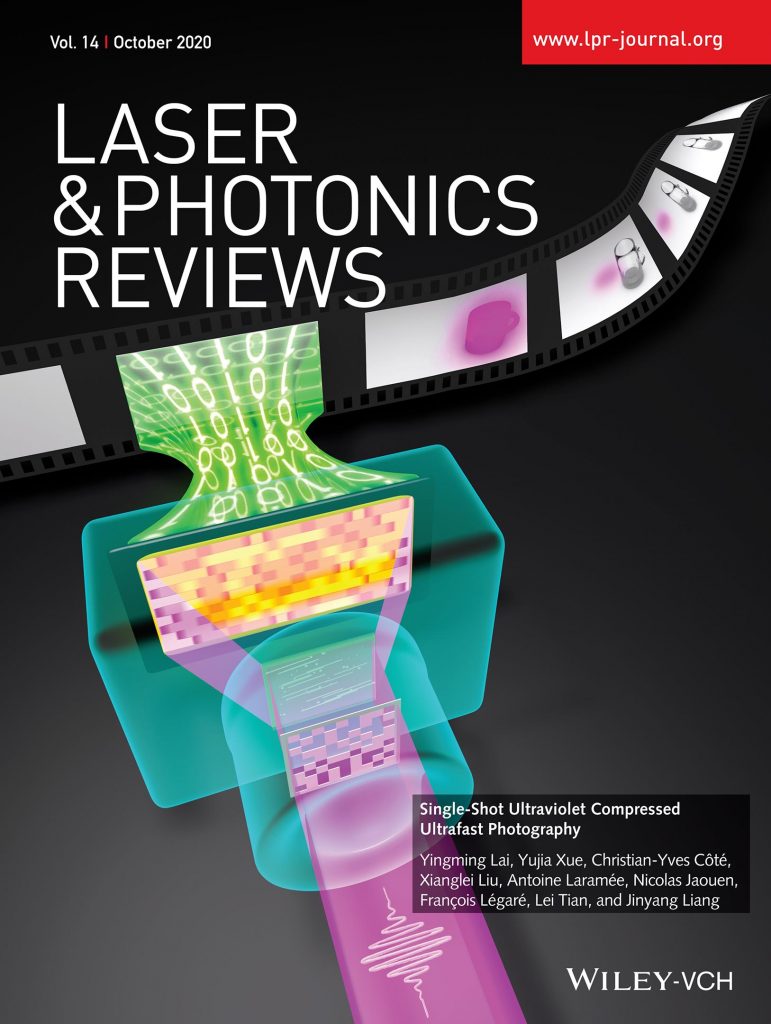
Artistic impression of single-shot UV-CUP which made the front cover of the 10th issue of the journal Laser & Photonics Reviews. Credit: Jinyang Liang: Single-Shot Ultraviolet Compressed Ultrafast Photography. Laser & Photonics Reviews, 2020, volume 14, Cover of Issue 10. Copyright Wiley-VCH GmbH. Reproduced with permission.
Researchers Design the World’s Fastest UV Camera – Records Photons in the Ultraviolet Range in Real Time
The team of Professor Jinyang Liang, a specialist in ultrafast imaging at the Institut National de la Recherche Scientifique (INRS), in collaboration with an international team of researchers, has developed the fastest camera in the world capable of recording photons in the ultraviolet (UV) range in real time. This original research is featured on the front cover of the 10th issue of the journal Laser & Photonics Reviews.
Compressed ultrafast photography (CUP) captures the entire process in real time and with an unparalleled resolution with just one click. The spatial and temporal information is first compressed into an image and then, using a reconstruction algorithm, it is converted into a video.
Developing a Compact Instrument for UV
Until now, this technique was limited to visible and near-infrared wavelengths, and thus to a specific category of physical events. “Many phenomena that occur on very short time scales also take place on a very small spatial scale. To see them, you need to sense shorter wavelengths. Doing this in the UV or even X-ray ranges is a remarkable step toward this goal,” says Jinyang Liang, who led the study.
To record in this new range of wavelengths and to develop the technique into a user-friendly product, researchers designed a compact UV-CUP system with Christian-Yves Côté of Axis Photonique Inc. via an academia-industry collaboration. The new system features a patterned photocathode, which is used to simultaneously detect and encode “black light”. “Like a standard camera, our technology is passive. It does not produce light; it receives it. Therefore, our photocathode had to be sensitive to the photons emitted as UV light. This design makes our technique a stand-alone system that can be easily integrated into various experimental platforms,” says Jinyang Liang, who has been contributing to the development of CUP since his postdoctorate.
Liang worked with François Légaré, also an INRS professor, to generate and take images of UV pulses at the Advanced Laser Light Source (ALLS) laboratory. “The outstanding research environment at the Énergie Matériaux Télécommunications Research Centre of INRS is very helpful. It is so much more efficient when all necessary design, manufacturing, and characterization capabilities are available in the same building.”
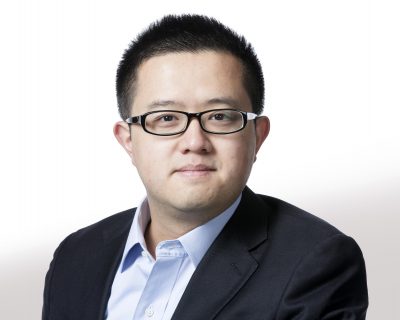
INRS researcher Jinyang Liang specializes in ultra-fast and biophotonic imaging. Credit: Christian Fleury
Dividing up the Reconstruction Problem
“Taking the picture is only the first half of the job,” says Jinyang Liang. “It also has to be reconstructed.” To do this, the researchers developed a new algorithm, more efficient than standard algorithms, via their collaboration with Boston University. Its strength comes from a division of tasks. “Rather than solve the reconstruction problem as a lump, the algorithm divides the reconstruction into smaller problems that it tackles individually,” explains Professor Liang.
With the innovations in both hardware and software, UV-CUP has an imaging speed of 0.5 trillion frames per second. It produces videos with 1500 frames in large format. As a light-speed imager, UV-CUP sees flying UV photons in real time. “It always fascinates me when you can watch the fastest object in the universe in such great detail,” says Yingming Lai, a Master’s student at INRS and the first author of the article.
The device developed through this international collaboration will be sent to the research laboratory SOLEIL Synchrotron in France to visualize physical phenomena. It could capture laser-plasma generation, a phenomenon that is essential for deducing certain properties of materials, and UV fluorescence, which is important in medical imaging to identify biomarkers linked to diseases.
Reference: “Single‐Shot Ultraviolet Compressed Ultrafast Photography” by Yingming Lai, Yujia Xue, Christian‐Yves Côté, Xianglei Liu, Antoine Laramée, Nicolas Jaouen, François Légaré, Lei Tian and Jinyang Liang, 13 September 2020, Laser & Photonics Reviews.
DOI: 10.1002/lpor.202000122
Researchers received funding from the Natural Sciences and Engineering Research Council of Canada (NSERC), the Canada Foundation for Innovation (CFI), the Fonds de recherche du Québec – Nature et Technologies (FRQNT), the Fonds de recherche du Québec – Santé (FRQS), and the National Science Foundation (NSF).

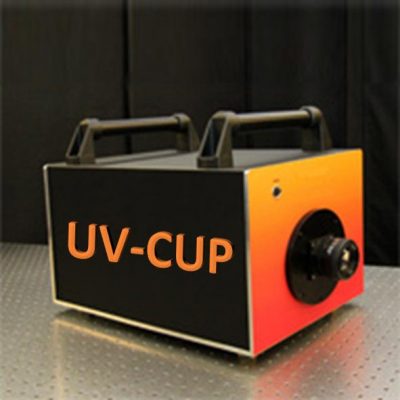
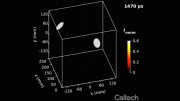
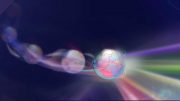

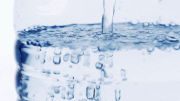
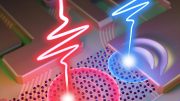
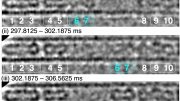
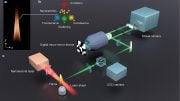

Sometime as light slows down and forms looping particles, I can catch them in the fluid of my naked eyes as a black dot a white dot and a worm, mostly they just dance in circles
Show me a motion image of the fairy lights that I see on cloudy afternoons and extra sunny days, I know they exist because they accumulate in places and are absorbed when observed, they like fans and shadows exist for milliseconds look like micro swarms of fireflies, and used to make me think I had nerve damage in my eyes, the effect usually incorporates some heat wave illusion, and also can be achieved with uv lights with a cobochon tapestry, I wanna see the light waves accumulate through twisted and looped optic accelerators in slow motion determine antimatter direction and accumulation via forking chemical aninitisation, (string plasmoid 4d holographic printing) Quadratic gamma reactions and ionic lattice,….whynotthinkbig
I often meditate on the question “is there a framerate for the passgae of time itself”? I assume the limit is the inverse of the Planck Time.
Reconstruction is not taking video frames !
Lies and deception at it’s highets
I see a definite poetic resonance in your comment, to say the least.
to Nittmann
to Nittmann: correction to my first comment: “comment” becomes “both of your comments”.
clarification:
my first comment did appear at the end of the whole comment section, instead of being under your first comment where it was intended. So, I sent a second comment, as a link to your name. Only to discover that my first comment did apply to both of your comments, which led to my third comment.
At the risk of deviating from the tone of this thread, I would state that though reconstruction is not real-time following of the same photons in transit, unless you have photons interacting with each other, reconstruction is valid on a macroscopic scale.
Having said that nonsense, let’s please take a look at the two-slit experiment in action; wouldn’t it be great to see that reconstructed video does not capture what the backdrop captures?
Prediction: Something interesting; in QM any change including zero is interesting
QUESTIONS re: Single-Photon Emission/Emitters
1. How is this done (theoretical and/or practical answers appreciated)?
2. How can a single-photon emitter ever be tested as such?
Many thanks
You are seeing white blood cells in the capillaries of your retina(s).